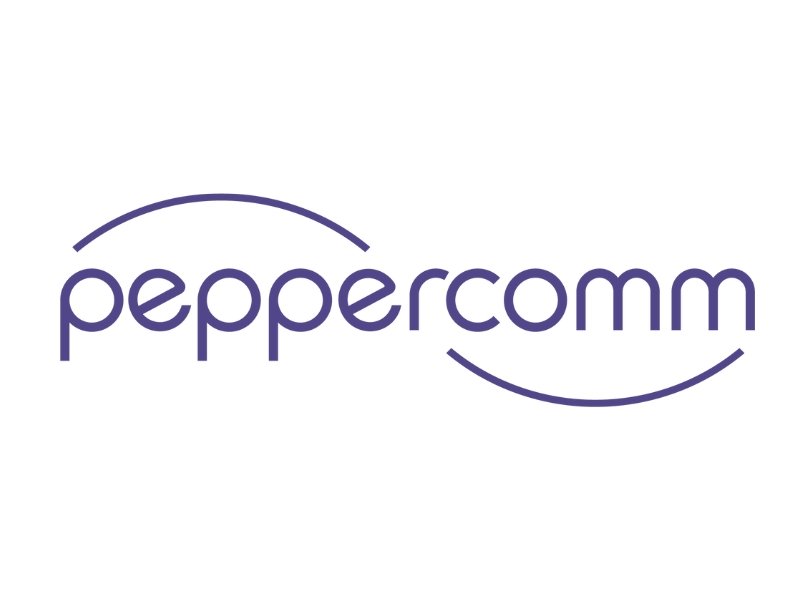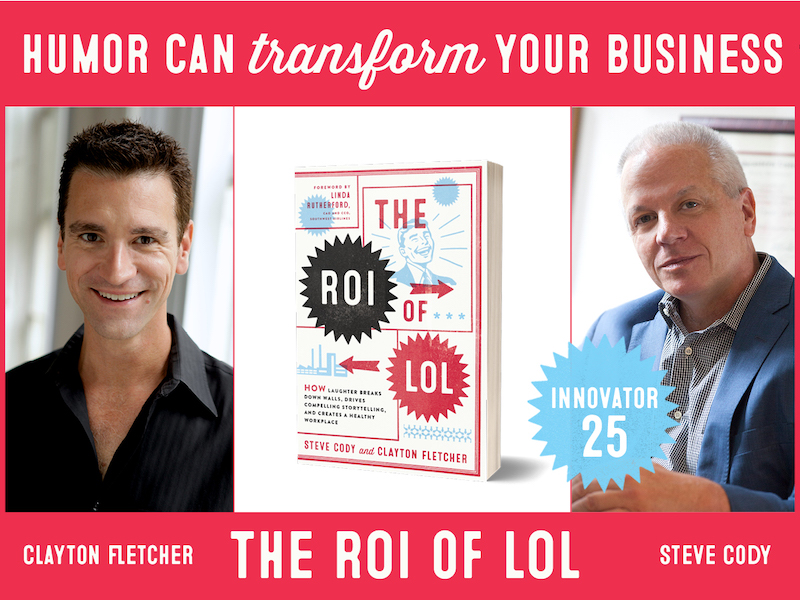Jean Chua 25 May 2021 // 6:11PM GMT

The draw of the Chinese consumer market lies in its size. With a fast-growing middle class and increasing household wealth, it’s no wonder that China continues to attract foreign brands of all stripes to its shores. At the same time, for every Starbucks, there are hundreds of others that have failed to make much headway in the country. Is there a formula to success in China? Why do some firms seek to conquer the country’s consumer with a detailed marketing plan only to retreat after a few years?
To uncover some of the misconceptions about branding and marketing in China – and get some advice from those who have seen how it’s done, we speak to Natalie Lowe, managing partner at The Orangeblowfish; Gail Lee, general manager Yuesai, L’Oréal Group; and Omar Ali, managing director at Ocean Grounds Coffee Roasters.
Lowe is responsible for The Orangeblowfish's strategic vision, P&L and operational management, staff development and global expansion. Set up in 2011 in Shanghai, The Orangeblowfish boasts an impressive client roster that includes names like Nike, Alipay, Google, L’Oréal, LinkedIn, Ocean Grounds and AirBnB.
Lee has been with L’Oréal for 15 years, having started out in Paris with the L’Oréal mass-market brand. She joined Yuesai – L’Oréal's first Chinese acquisition – as global general manager in December 2019 and is now based in Shanghai.
Ali, a native of the East Coast of the United States, arrived in China 20 years ago and — as he says, forgot to leave. Now, he runs a company that provides speciality coffee beans and coffee machines to cafes in China.
Question: Let’s dive right into it, shall we? What are the most common and stubborn myths about branding and marketing in China that you see persist in the West?
Natalie Lowe: Some of the common myths that still persists today include:
• Marketing in China is cheap. I’ve been in China since 2007, and minimum wages and the cost of living continue to grow. Of course, so has the skill of the workforce and its productivity levels. There is a constant misalignment between what new brand entrants are willing to spend, and what the real investment is to get a brand going successfully in China.
• Chinese consumers will flock to an international brand. They might not! China is maybe one of the most technologically advanced countries in the world. They are investing quite heavily into innovation and R&D. As such it’s most likely that there is a Chinese brand already existing that’s ready to rival an international brand – or there will be quite soon – and more cost efficient too!
Chinese consumers are extremely affluent, educated, are vocal about what they like and dislike and don’t have any issues voicing it out on digital.
Omar Ali: One of the big mistakes that big brands make literally every year: China is a big place and Shanghai does not represent the rest of the country. It’s way ahead. It’s very dangerous to think that your customers in Shanghai are the same customers and have the same needs as your customers in Chengdu or Chongqing. A lot of brands that come in and assume that either end up wasting a lot of money or failing.
Question: What other mistakes do you see foreign brands making in China
Lowe: The are many most common mistakes such as:
• Assuming Western brands will succeed because they’re a foreign brand;
• Brands not understanding Chinese consumers’ behavior, and therefore not knowing how to adapt;
• Brands not localizing branded content specifically for the Chinese audience;
• Brands not engaging a local partner who has a team based in China.
However, the one I want to focus on is:
• Brands not investing in digital – or using the same content on every digital platform, thinking this will drive success.
It still amazes me how fast things move in China, especially when it comes to tech and app development. For example, Alibaba was able to push out the “Health Code” app in two weeks to track the movements of individuals around China, and assign you a green, orange or red code.
Amazing! Obviously if you don’t live in China, it’s hard to explain how technologically advanced this country is. When I first speak with brands, they assume that China’s digital eco-system is the equivalent of Twitter, Facebook or even Instagram.
Yes, that was most likely the case a decade ago when some of the apps started, but they’ve grown much more sophisticated. China has become a cashless society where all we need is our smart phones to move around the city and still live our daily lives. We can pretty much use Alipay or WeChat pay to purchase anything, pay for cabs and bus rides, as well as transfer money in seconds when splitting a restaurant bill among friends. This is something that is really to hard to explain to individuals and brands who have never been to China!
So when brands come to China, I would like to recommend that they have an open and curious mind and ask strategic questions like: “How can I leverage China’s digital ecosystem to get my brand noticed?” Or “What is the top Chinese brand in my product / service category that I can aspire to be?” “What platforms do you think will be suitable to launch my product?”
Entering a new market takes time to learn and study, especially one like China. As such, I honestly feel that if brands can spend time to consult a local partner to learn and understand what these powerful digital platforms can do for them, and how their local competitors are using them to drive success, they would be building a sustainable future for their brand in China.
Question: What then is the reality of strategic branding and marketing in China?
Lowe: I would say that strategic branding and marketing in China involves conducting the relevant market and competitor study, staying on top of key brand and marketing trends and ensuring that you localize your product/service offering for the China market.
See your product service offering, or your brand identity through your audience’s eyes. Gather local market intelligence and insights, constantly test, refine and adapt. Consult your local partner. Listen to the feedback of your customers – the good and the bad. Consumers hold the power and Chinese consumers are becoming more educated, affluent, sophisticated and vocal in what they want, and what they like. Don’t be afraid to adapt your brand/marketing strategy if you’re not seeing results you want.
Lee: China is a massive country so you have to know your target audience, no matter how niche is it. In China, even a niche space is scalable; you are still talking to millions of people. That’s the beauty of this big country. It’s also a lesson for us and new brands coming in.
Question: What has your company’s marketing strategy been?
Lee: It’s really about modernizing a Chinese brand but it’s more than that. It’s strategically getting back to the brand core and purpose. It’s thinking about its heritage and how to make it relevant to consumers today. And having an ambitious vision for the future. We focus on Chinese pride, Chinese holistic beauty and Chinese womanhood: these ideas will go into our marketing and branding, and the generation of the retail experience. Geographically, now we are skewing towards Tier-2 and Tier-3 cities, as in Tier-1 cities, women have more choices.
Ali: Community-building is where we have been successful. And one of the ways we have done that is through cooperation. We have done a coffee beer – a coffee amber ale – with a local craft brewery. We are working on some interesting beauty products that include coffee. These brands know their field and we know coffee. We are working on another project – using coffee by-products to create sustainable products. We help other small brands and we introduce our customers to each other. Gone are the days as a small brand where you say: 'ok, it’s me against the world.' Now, I ask, what value can we add to their business?’
Question: What advice would you tell foreign companies that want to enter China that’s particular to China?
Lee: You need to be agile in China’s digital ecosystem. It’s really unique; we don’t have Facebook or Google. Everything is Chinese. It’s crucial to understand digital consumer behaviour in China as that is fundamental to understanding the Chinese market. Every month, there’s something new. You have to constantly be in tune with this ecosystem and be agile enough to adapt it as you go. Understanding this ecosystem and adapting is not a success factor; it’s a survival factor. You have to do this to compete in the Chinese market.
Ali: Be flexible: think about how fast you can change, move, adjust. My company benefits from being agile. We update our strategy every quarter, sometimes drastically. A big change for us has been shifting from business-to-consumer, from running coffeeshops, to business-to-business. Covid-19 forced our hand but I know many companies didn’t make that change and suffered crushing economic blows.
Lowe: I think it’s extremely important for senior executives and brand managers to understand the Chinese consumer behaviour for your product or service, how to leverage the digital ecosystem and which platform to market your product/service, and be realistic in the amount of investment truly required to be successful in China. Also:
o Entering a new market like China, involves a lot of resources: time, people and financial investment. Take the time to study the market, talk to people, learn and stay connected and informed.
o Often one of the hurdles I hear from local client contacts is trying to educate headquarters how things are done in China and convincing them to invest in the right resources.
o Currently, it’s hard to travel to China, given the Covid-19 travel restrictions. So take the time to listen to your China team / partner – they are your eyes and hears on the on-the-ground.
Explore the China digital ecosystem – it’s unlike any other.
o Download the platforms you want to market your brand on. Learn how it works, its limitations and what objective you’re trying to achieve from being on that platform. Each platform has its pros and cons.
o It’s hard to explain to individuals who are trying to market themselves on WeChat/ Weibo, how it works, if they haven’t had the opportunity to explore the platform themselves.
o Find out who are your competitors who are doing well in China, and how they leveraging digital. Learn from them and apply their best practices.
• Choose to work with the right partner in China, so they can offer real-time counsel.
o Things in China move extremely fast. Work with a partner who has a physical office or team in China, and is aware of market and regulatory change, and can give you real time, up-to-date information and counsel, in your best interest.
Question: Any final parting words?
Lowe: China is estimated to overtake the U.S as the largest economy, come as early as 2028. According to the BBC, China’s share of the world economy has risen from 3.6% in 2007 to 17.8% in 2020. Given the country’s strong economic rebound after the pandemic, China is a force to be reckoned with for years to come.
Ali: Anyone who’s looking at entering China needs to study how Oatly does it. In a matter of two to three years, they have gone from zero to being everywhere. When they came to China, they focused on one city, Shanghai, they focused on one customer, the coffee drinker. And they focused on one product, the Barista series. They didn’t go all over the country. They focused and they made every barista their salesperson. Now at every coffeeshop, you get offered Oatly. Only now are they introducing new products and going into different cities.
Lee: Beyond international brands flooding in, there are also local brands and they should not be underestimated because they are good. They are very fast and very agile. Their ‘test and learn’ spirit is amazing. They know that you don’t have to be perfect to go to market; they’d rather go to market and then they learn from it. And they continuously improve and adapt. At a big global firm, we always need to ensure perfection before we go to market. So this is also an opportunity for us to learn from them. How do we couple this agility and our experience to find the right balance? We are also looking at collaboration with local firms on initiatives. Otherwise, it’s really hard to survive.
Additional reporting by Aarti Shah.



































.jpg)




















